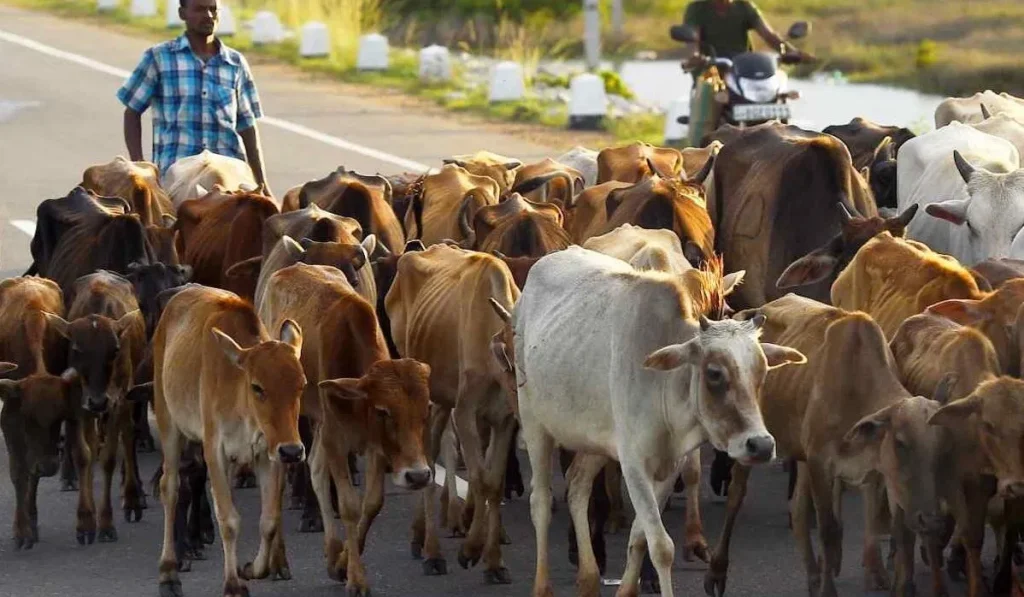Context:
The Union Minister, Fisheries, Animal Husbandry & Dairying, recently launched the 21st Livestock Census (LC), which will be conducted from October 2024 to February 2025.
More on the News:

- This comprehensive count will employ one lakh veterinary staff and utilize digital innovations for enhanced accuracy.
- For the first time, the census will capture data on 219 Indigenous breeds across 16 species, recognized by ICAR-National Bureau of Animal Genetic Resources (NBAGR) incorporating advanced mobile applications and real-time monitoring through web-based dashboards to ensure precise documentation.
- The survey will cover 15 major species (Excluding poultry) These include cattle, buffalo, Mithun, yak, sheep, goat, pig, camel, horse, ponies, mule, donkey, dog, rabbit, and elephant.
- The headcount of poultry birds like fowl, duck, turkey, geese, quail, guineafowls, ostrich, and emu will also be taken by visiting each household, enterprise and institution.
- The census is expected to cover 30 crore households in India.
- For the first time, the census will independently track pastoralists’ livestock holdings and gather information on gender roles in animal husbandry, offering crucial insights into rural demographics
About Livestock Census:

- The census is a quinquennial headcount (conducted every five years) that documents both domesticated and stray animals, providing crucial data about India’s animal population since 1919.
- The Census is conducted by the Ministry of Animal Husbandry and Dairying in collaboration with State/UT governments.
- The survey captures detailed information including species classification, breed types, age distribution, gender ratio, and ownership details across the country.
The 21st Livestock Census Differs from Previous Censuses:
- It will be fully digitized, enhancing online data collection through a mobile app and a digital dashboard for monitoring.
- It will gather new information for the first time, including data on pastoralists’ contributions and socio-economic status, as well as details about households’ income sources and the gender of stray cattle.
Objectives of Livestock Census:
- To calculate the Gross Value Added (GVA) contribution of the livestock sector, which currently accounts for 30% of agricultural GVA and 4.7% of overall economic GVA.
- To facilitate policy formulation and implementation for sustainable growth in the animal husbandry sector, ensuring effective development of rural employment opportunities.
- To track progress towards UN Sustainable Development Goals (SDGs), particularly Goal 2 (Zero Hunger) and Target 2.5, which focuses on maintaining genetic diversity in food and nutrition
- To monitor the status of local livestock breeds at risk of extinction (Indicator 2.5.2-The percentage of local livestock breeds that are at risk of extinction), helping preserve India’s indigenous animal genetic resources.
- To provide comprehensive data for planning and implementing various government initiatives and schemes related to animal welfare, breed improvement, and disease control in the livestock sector.

